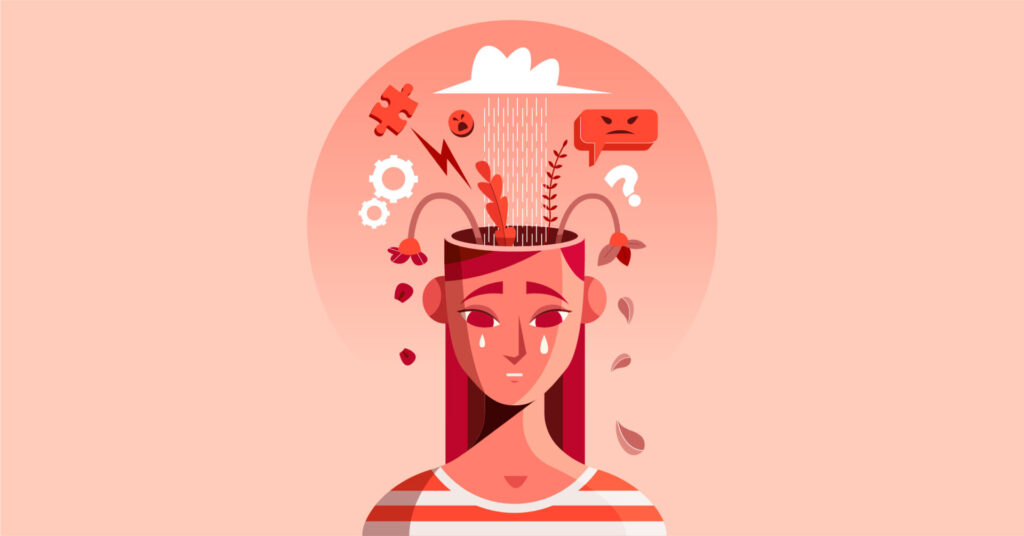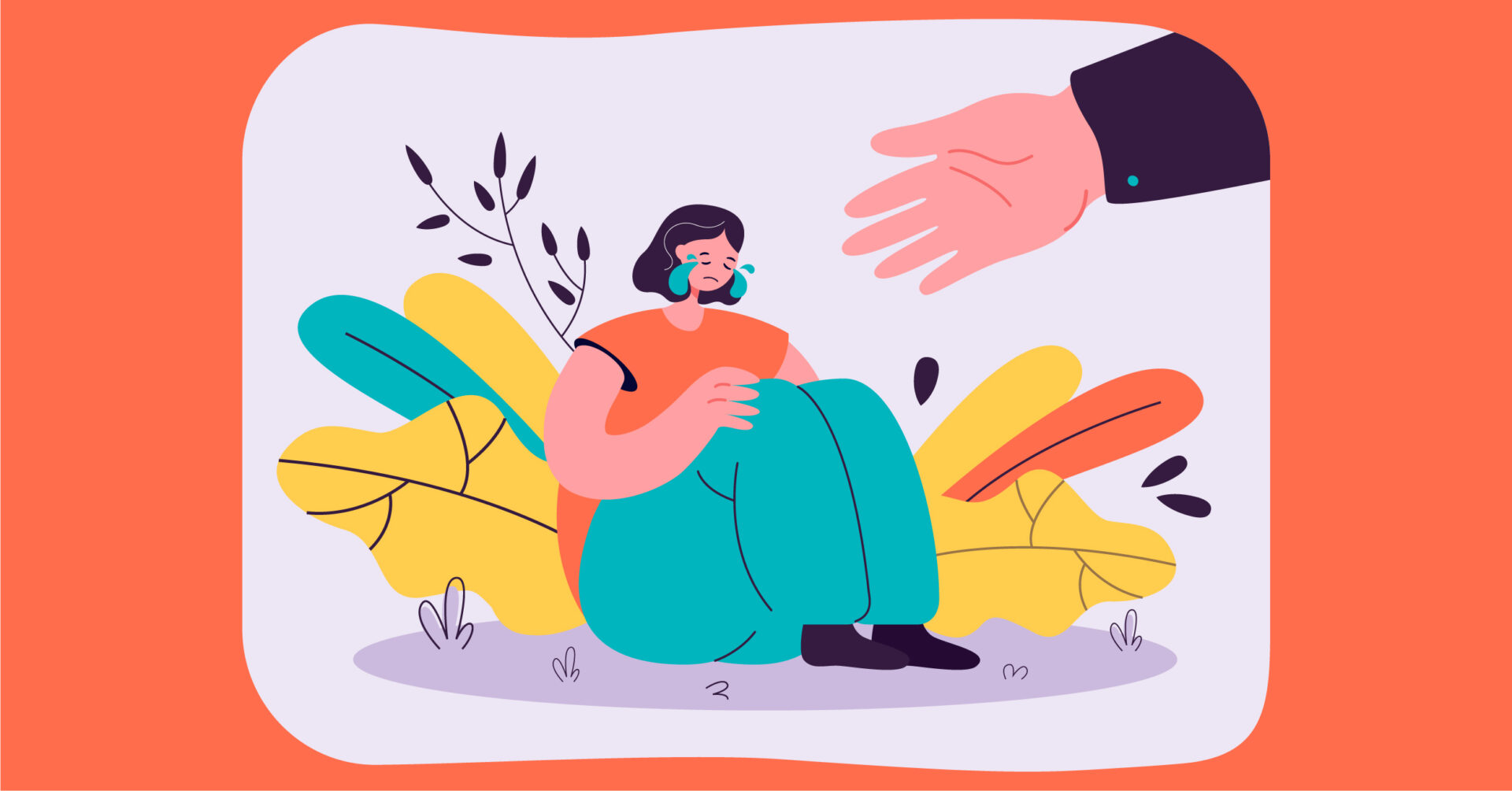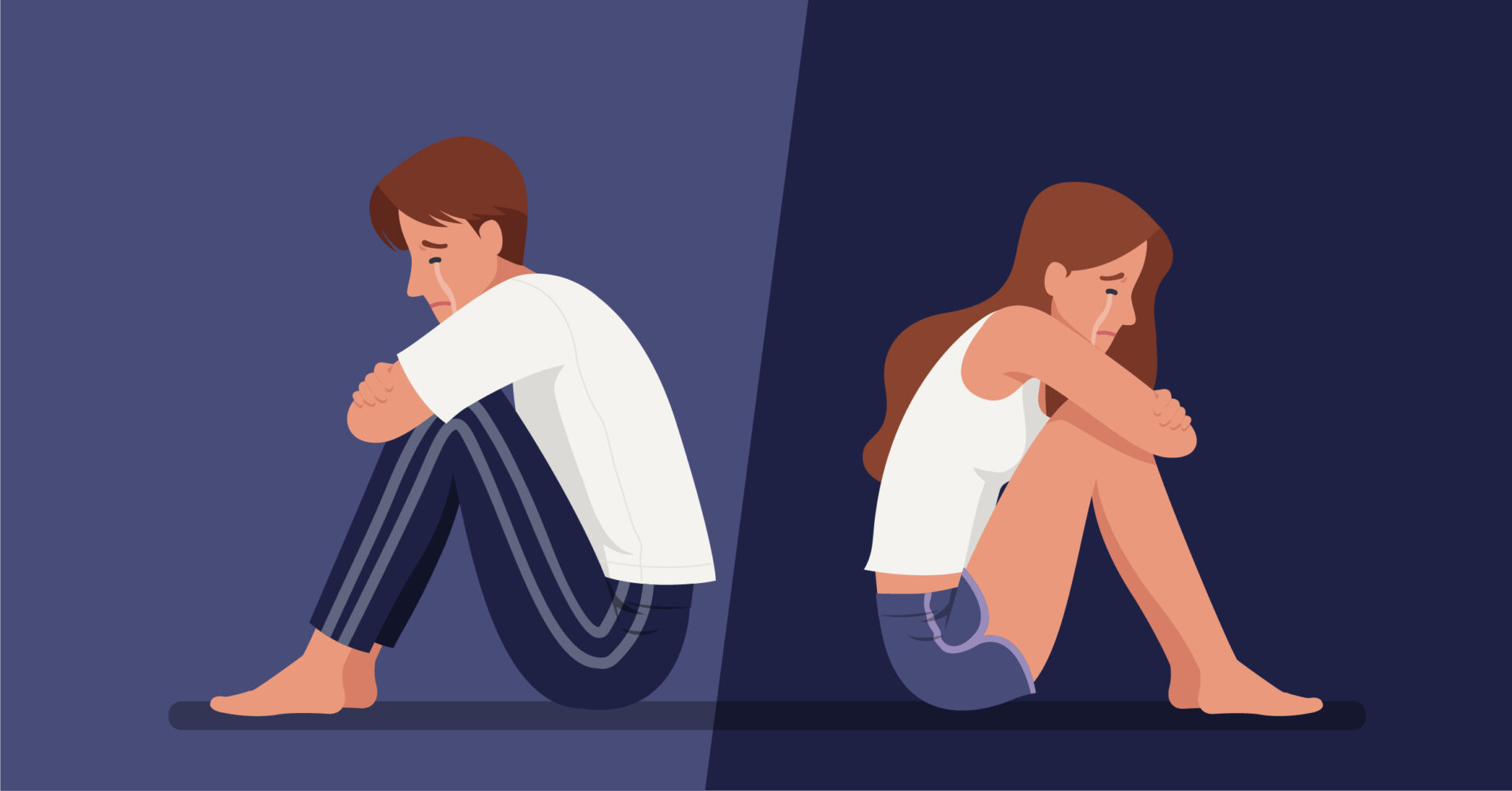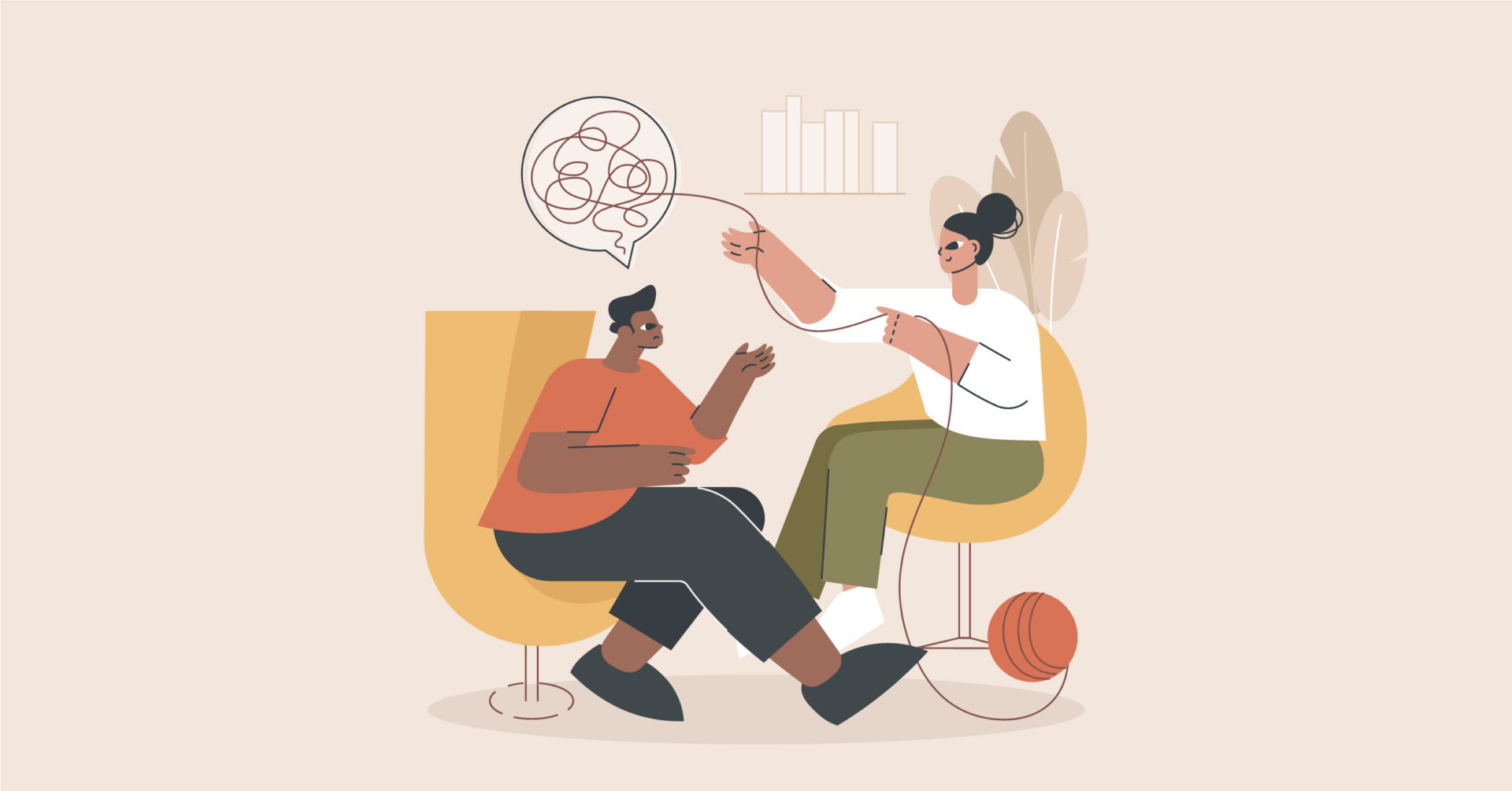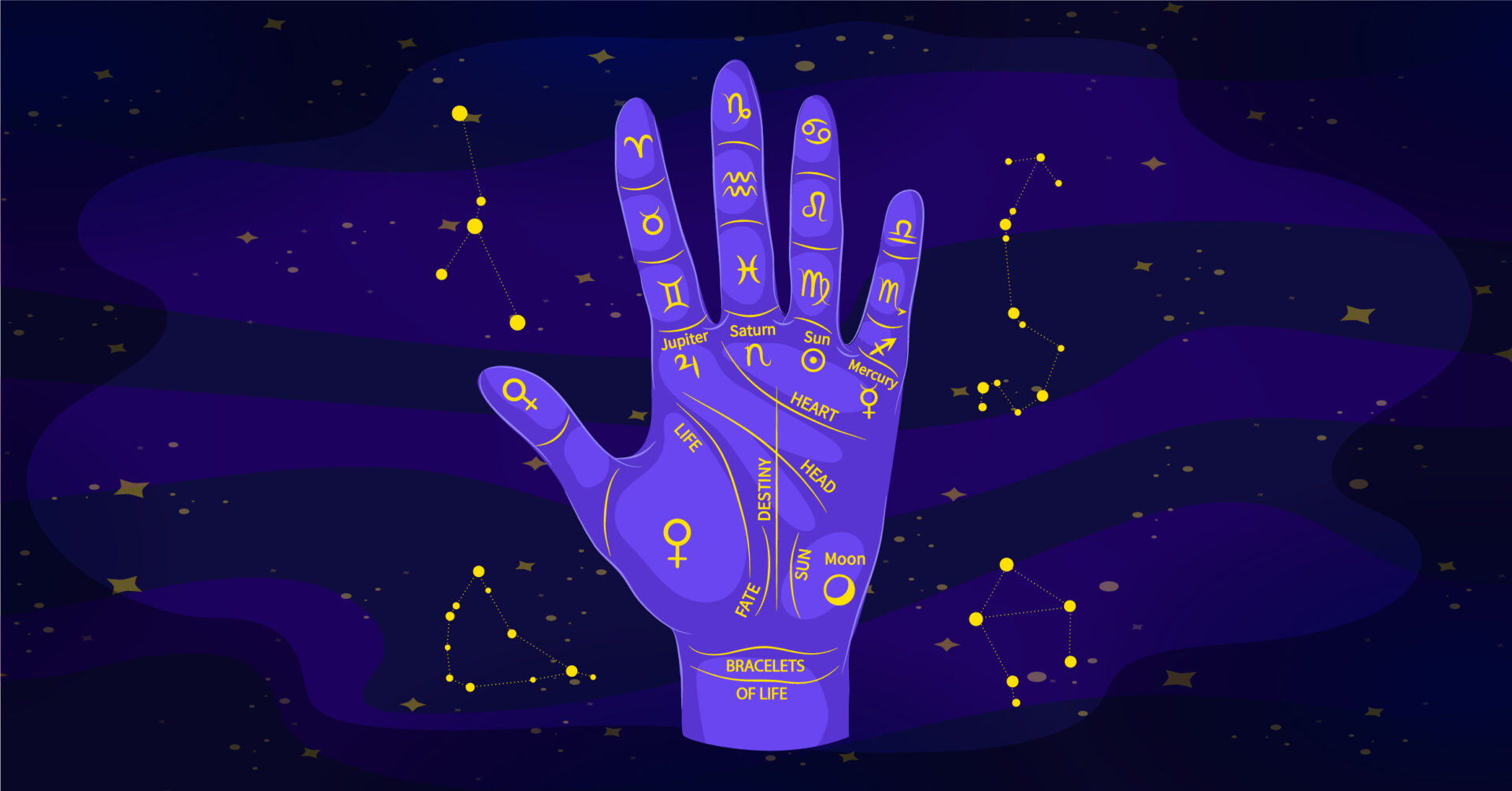Ever heard of children complaining about being teased in school? Or a child sitting in a corner isolating himself from peer groups and weeping alone? These children often look stressed, tense, worried and even aggressive as they grow up. This is usually a result of childhood trauma bullying, which identifies as an act of repetitive aggressive behaviour towards someone by a person or a group of people in power.
Bullying is not just an extreme form of teasing but also involves threatening and intimidating in an abusive manner. This can take forms of physical, verbal, emotional abuse and harassment caused by causing discomfort on any level.
Trauma is an emotional response to a terrible life event. Trauma can be characterised by emotional numbness, state of shock, denial, emotional disturbances, cognitive distortions, avoidance of certain places, people and situations etc. Trauma has lifelong effects in an individual’s life as it leaves deeper imprints of the threatening event on the subconscious mind.
Childhood trauma bullying is difficult to forget and equally difficult to express when it is caused. The feeling is suppressed by the children so as to avoid confrontation followed by embarrassment. Little do these individuals know that this childhood trauma bullying does not fade away as life goes on. It just finds different channels to let out and pops up in an unusual manner and unexpected situations.
Symptoms of Trauma
The memories associated with childhood trauma bullying can bring about severe emotional and cognitive impairments which start reflecting in the personality of a person. Being extraordinarily rebellious, incompetency, extreme aggression, stubbornness, regressive behavior in stressful situations are some of the very common symptoms seen in individuals with childhood trauma bullying. It also reflects in life situations when it comes to decision making, handling stressful situations, coping with failures, or facing separation.
Feelings of helplessness, vulnerability and insecurity prevail in the minds of the individuals who have a history of childhood trauma bullying. This can make one prone to adapting unhealthy coping mechanisms like alcohol addiction, drug abuse and violence.
Trauma might also develop a risk of self-harm or harm to others. It is important to deal with this trauma effectively so as to avoid further emotional damages and setbacks of the painful memories.
Overcoming childhood trauma bullying is a process that needs a few steps to be followed. It requires belief along with the will and emotional strength to put in to relieve yourself from that stress.

Choose a scared space to unveil your wounds
Recite and recover from the past.
How to Overcome Bullying Trauma?
- Understanding and Acknowledging – The identification of the event as bullying and interpretation of the trauma thereafter is an important process. Many times, a person will try to pretend and eventually convince himself that it was not severe, just for the sake of forgetting it. But it is important to understand and have an acknowledgement of the past trauma as acceptance is the first step towards healing from chidlhood bullying. As long as one is not aware of the trauma and moreover does not acknowledge it, it is not possible to work on it.
- Reframing the ides of ‘self-worth’ – Usually, people who experience childhood trauma bullying at a younger age, are likely to feel worthless, incompetent and develop a poor self-image. It is important for them to acknowledge their self-worth and start believing that they deserve good things and are worthy of happiness. These people also need to develop a strong value system and should be able to put themselves first.
- Closure and Control – Any kind of trauma leaves behind painful imprints and its traces are reflected in the behaviour of the individual in unimaginable ways. Childhood trauma bullying might reflect in the poor self-confidence of a person. At this time, the person should try taking control of his life by understanding that whatever happened, was in the past. Understanding that accepting and healing from chidlhood trauma bullying while establishing complete control over their life and being in power for everything that revolves around them, will help find closure by defusing the feelings of helplessness.
- Seek professional support – The feelings of shame, guilt, incompetency, helplessness can arise from the traumatizing memories of childhood trauma bullying. It is always the best way to heal from childhood bullying through therapy and counselling. Digging deeper into the event and cleansing the roots of the emotions associated with this event, will give a rejuvenated booster at a cognitive as well as behavioural level. Reaching out and asking for help is always going to be beneficial and quicker in regard to time required for healing from childhood bullying.
- Recovery and thought process– It is very important for an individual to be patient throughout the healing from childhood bullying process. The recovery part will start reflecting in the thought processes of an individual. The fear and anxiety related to certain places and persons associated with the traumatising incident might have extreme negation in the thinking patterns of a person probably making him suspicious, overprotective, aggressive or insecure. Once a person starts healing he automatically is relieved from the burden of mental blocks and is able to have clarity in thoughts.
- Working on personal growth – Recovery and healing needs to have a structure and the mind accordingly needs a goal to focus on. One has to start prioritising himself/herself and work towards personal growth. It is the time for self-exploration and maintenance of one’s own self. Focusing on the growth and peace of mind helps the person to rediscover himself and enlightens a sense of self in one.
Childhood trauma bullying can have long-lasting impacts on someone’s life. The part of identification, acknowledgement and acceptance is very important for healing from childhood bullying. As long as one is aware and ready to work on himself, it can be healed enough to not interfere in the daily life. With proper guidance and support from professional as well significant others in life, childhood trauma bullying can be desensitised making life a smoother and happier place to be in.
Read More:
Overcoming Phobias: Meaning, Types and Names
Reacting VS Responding: Difference and Examples



